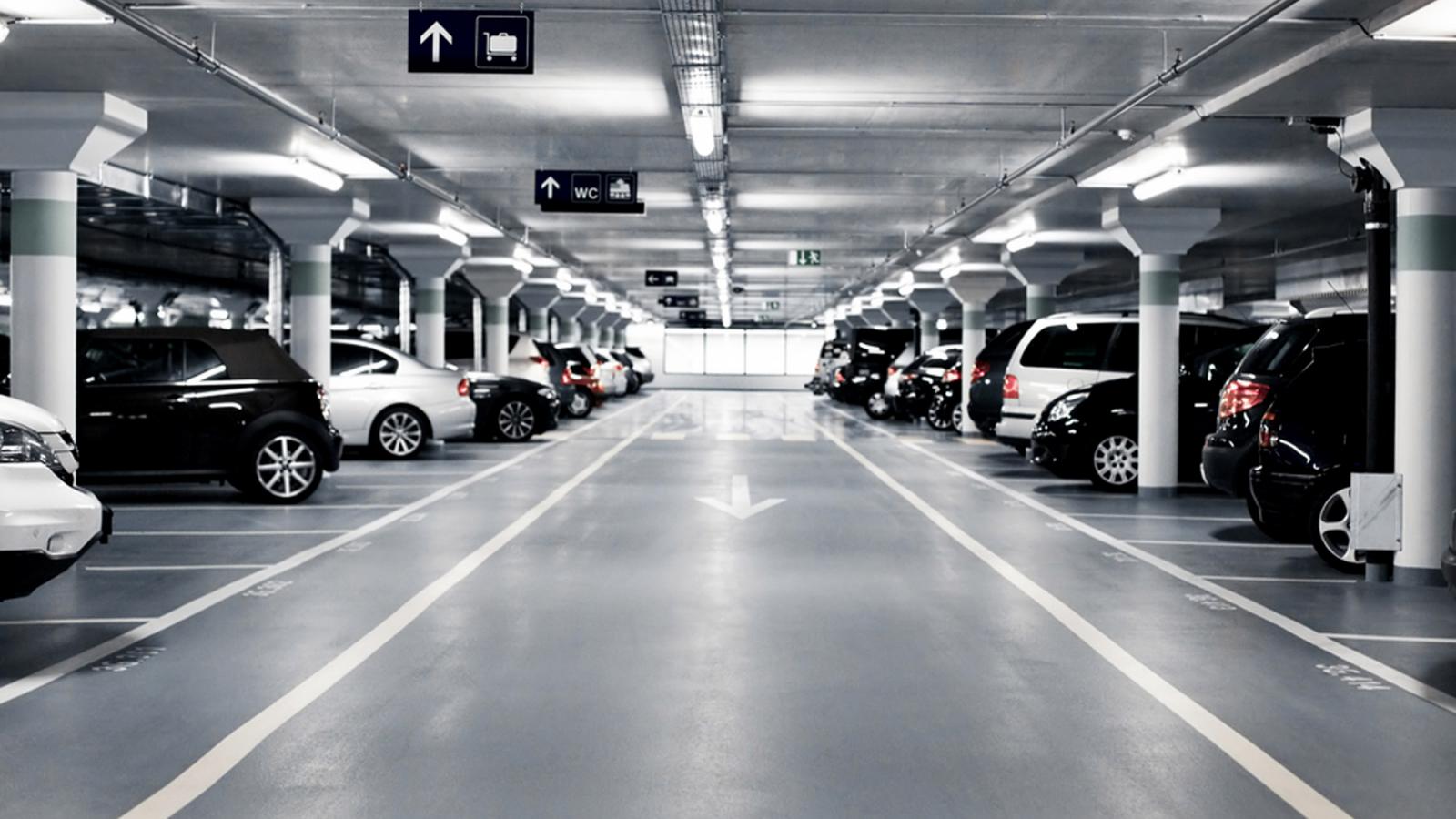
The allure of a luxury vehicle in retirement is understandable. After years of hard work, saving, and budgeting, many individuals envision their golden years marked by comfort, style, and the sheer pleasure of driving a high-end car. It’s a well-deserved reward, a symbol of accomplishment that speaks to a lifetime of dedication. Yet, while the dream of a sleek, powerful, and exquisitely appointed automobile is compelling, the practical realities of luxury car ownership can often collide with the financial prudence essential for a secure retirement.
For those living on a fixed income, or even those with substantial savings, the decision to purchase a luxury vehicle requires careful consideration. Unlike a comfortable home or a well-managed investment portfolio, many luxury cars can quickly transform from a source of joy into a significant financial burden. The costs extend far beyond the initial purchase price, encompassing everything from ongoing maintenance and unexpected repairs to insurance premiums and, perhaps most notably, rapid depreciation. Understanding these potential pitfalls is crucial for any retiree looking to make an informed decision about their next vehicle.
Our aim here is to provide clear, evidence-based insights into specific luxury models that tend to be less than ideal choices for retirees. Drawing on expert analyses and performance data, we’ll delve into the reasons why certain popular high-end rides may not offer the value, reliability, or long-term financial stability that seniors deserve. By highlighting these potential money pits, we hope to empower you with the knowledge needed to avoid costly mistakes and ensure your retirement savings remain intact for what truly matters.

1. **Land Rover Range Rover**: The Land Rover Range Rover certainly projects an image of luxury and capability, with its opulent interior and renowned off-road prowess. It’s often seen as a status symbol, a vehicle that promises a pleasure to drive experience. However, this enjoyment often comes with a significant asterisk, as the vehicle’s reliability can be a substantial concern, particularly for retirees seeking a dependable and low-stress ownership experience. The underlying mechanical complexities and advanced systems, while contributing to its luxurious feel, also open the door to a higher frequency of issues.
According to RepairPal, the Land Rover nameplate receives an “uninspiring 2.5 out of five reliability rating.” This places it in a precarious position, identifying it as the “No. 2 least dependable brand” overall, not just among luxury automakers, but across the entire automotive spectrum. In fact, Land Rover ranks “31 out of 32 among all brands,” indicating that the brand’s vehicles consistently exhibit much higher than average rates for the “frequency, severity and cost of repairs.” For a retiree managing their finances, this translates directly into unpredictable and potentially crippling expenses.
Beyond the initial investment, which sees the four trims on the flagship Range Rover model starting “at just under $50,000 and run into the six figures,” the long-term ownership costs are notoriously high. The text explicitly states that its “notorious long-term maintenance costs make it much more expensive to own than comparable vehicles of similar quality.” This isn’t merely about routine service; it’s about unexpected breakdowns and the specialized care these sophisticated machines often demand. Such costs can quickly deplete a retirement fund designated for other essential needs or enjoyable pursuits.
Furthermore, the Range Rover suffers from one of the most significant drawbacks in the luxury car market: depreciation. CarEdge ranks the Range Rover “dead last for depreciation out of 217 luxury vehicles,” confirming it as having the “segment’s lowest five-year residual value.” The data is stark: it is the “only one that retains less than a quarter of its purchase price — 24.4%, to be exact.” This means that a substantial portion of the original investment is lost almost immediately, making it a poor financial asset for anyone, especially retirees who prioritize maintaining their wealth.
Rob Dillan, an automotive expert and founder of EVHype, further underscores these concerns. He notes that for “models from 2002 to 2012, you can face $19,000 in repairs over 10 years for things like air suspension failures and electrical issues.” CarEdge’s estimates are even higher, placing maintenance and repairs during its first 10 years of service at “$20,136,” which is “$7,642 more than other luxury SUV models.” The probability of major issues is also alarming, with “51.26% chance a Land Rover Range Rover will need expensive repairs within the first decade.” These figures paint a clear picture of a vehicle that, despite its initial appeal, can become a significant financial drain, continuously demanding more resources than other luxury alternatives.

2. **Maserati Levante**: The Maserati Levante attempts to blend Italian flair with SUV practicality, aiming to carve out a niche in the highly competitive luxury SUV segment. Its distinctive styling and powerful engine options might attract those looking for something a bit different and exclusive. However, when it comes to long-term value, particularly for retirees, the Levante presents a stark financial reality that warrants serious consideration. The initial thrill of owning such a vehicle can quickly be overshadowed by its performance in the depreciation department, which is a critical factor for anyone managing a fixed income or preserving a nest egg.
One of the primary concerns with the Maserati Levante, as highlighted by financial experts, is its alarming rate of depreciation. This is a crucial metric for consumers, particularly retirees, as it directly impacts the true cost of ownership over time. The vehicle struggles significantly in retaining its value, often leaving owners with a fraction of their original investment after just a few years. This rapid decline in market worth can be a substantial financial hit, especially if the owner needs to sell or trade in the vehicle down the line, affecting their overall financial liquidity.
Indeed, the Maserati Levante takes an unenviable position in the luxury vehicle depreciation rankings. CarEdge places it at the “216th spot, right in front of the Range Rover,” with a projected “25.9% residual value projection.” This means that after a mere 60 months, or five years, the vehicle is expected to retain less than 26% of its original purchase price. To put this into perspective, the text specifies that a Levante with an original “$102,000 starting MSRP” will only “cling to about $26,000” of that value after this relatively short period. This substantial loss of value makes it an expensive proposition that retirees should approach with extreme caution, as this capital could otherwise be generating income or covering essential living expenses.
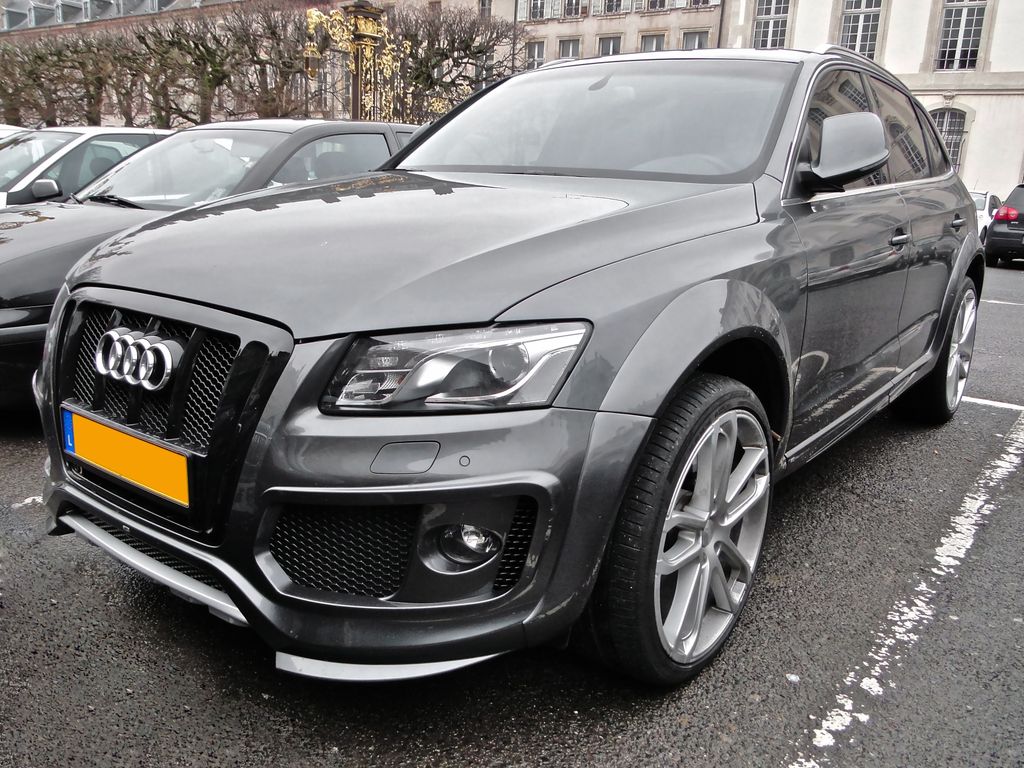
3. **Audi Q5**: While Audi is generally known for its German engineering and sophisticated design, the Q5, an entry in the crowded luxury compact SUV market, presents a more nuanced case for retirees. It’s a vehicle that performs adequately in many areas, yet struggles to distinguish itself in a way that would justify its price point or potential long-term costs. For a demographic that values dependability and enduring value, the Q5’s performance in reliability and its comparative standing against rivals should be carefully evaluated. It’s a solid contender, but perhaps not a standout choice when financial considerations are paramount.
Regarding reliability, the Audi Q5 receives a “just-OK three-star reliability rating” from RepairPal. While not abysmal, this middling score suggests that owners may encounter issues more frequently than with more reliable brands or models. For retirees who seek peace of mind and fewer trips to the service center, a three-star rating can be a subtle warning sign. The last thing a retiree needs is the stress and expense of unexpected repairs, which can quickly add up and disrupt carefully planned budgets, affecting financial stability.
In terms of retaining its value, the Audi Q5 lands a “middling 112 on the 217-vehicle CarEdge luxury-segment depreciation rankings.” This indicates that while it doesn’t plummet in value as drastically as some other luxury vehicles, it also doesn’t hold its worth exceptionally well. For retirees, depreciation is a silent but significant cost, reducing the asset’s value over time. A vehicle that struggles to maintain its resale value ties up capital in a diminishing asset, rather than one that can be easily converted or used to support other financial goals.
Industry reviews further temper enthusiasm for the Q5. Edmunds awards it a “meh” 7.6-star review, with a concluding observation that its “advanced age and dated designs just don’t earn it must-have status.” This highlights a lack of compelling innovation or standout features that would differentiate it from an ever-evolving market. An exhaustive MotorTrend test drive and review concurs, stating that it “does everything it’s supposed to do, but just isn’t compelling in such a crowded and competitive segment bursting with cheaper and more exciting options like the Genesis G70 and BMW 3-Series.” The presence of strong, more value-driven competitors further erodes the Q5’s appeal, especially when these alternatives “undercut the Q5’s immodest $52,200 starting MSRP by thousands.” For retirees, this means paying a premium for a vehicle that is simply outclassed by more modern and cost-effective options, making it a less than optimal choice for smart spending.
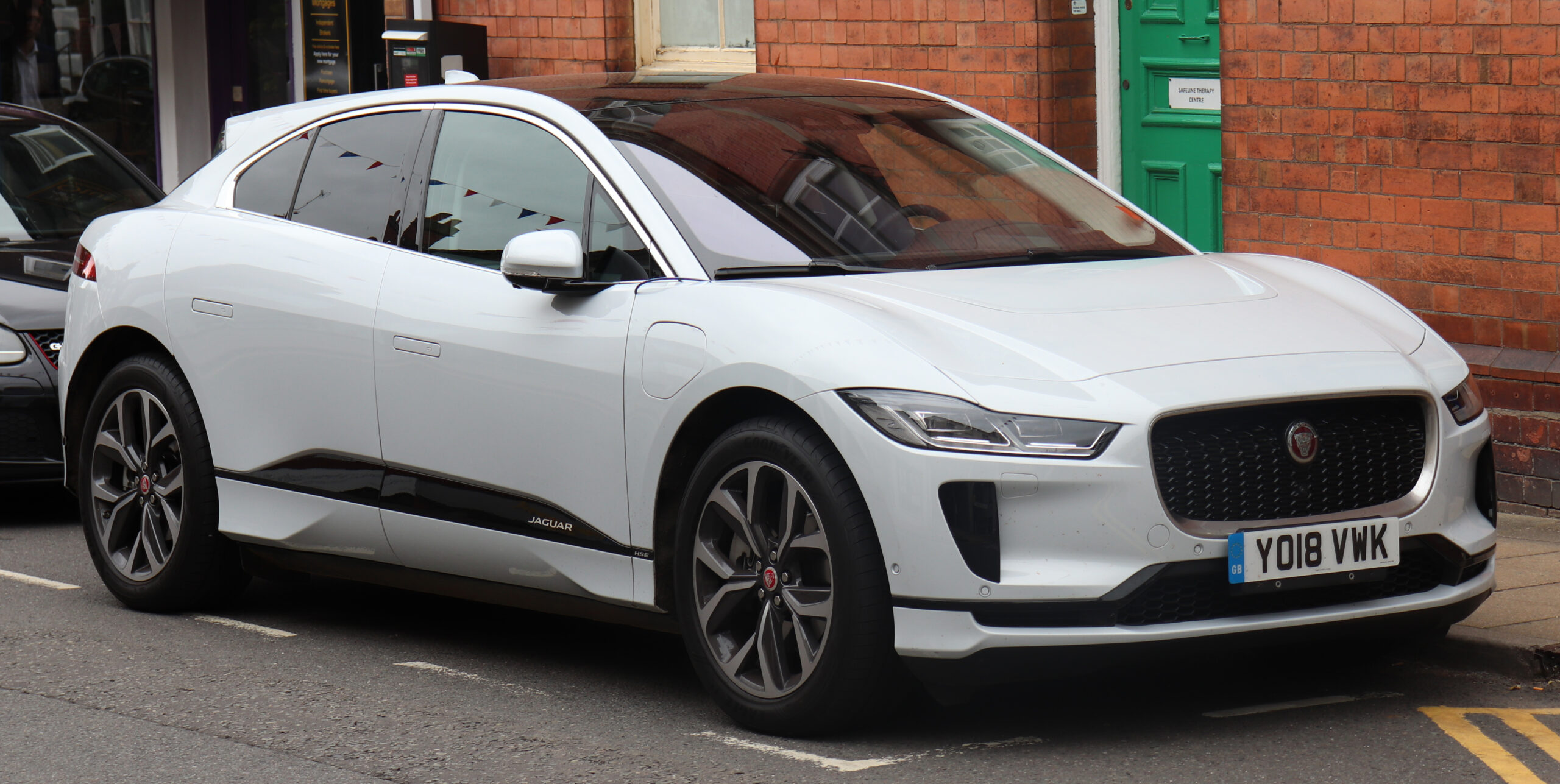
4. **Jaguar I-Pace**: The Jaguar I-Pace represents a foray into the luxury all-electric SUV market, a segment that is rapidly growing and appealing to consumers interested in sustainable yet opulent driving. With a starting price of “$72,500,” it positions itself as a premium electric vehicle. For retirees considering an electric luxury SUV, the environmental benefits and modern technology might seem attractive. However, the I-Pace, despite its initial appeal, comes with several practical limitations that make it less competitive and potentially less suitable for the unique needs of a retired individual. These considerations are vital when making such a significant purchase.
One immediate point of comparison is with its direct rivals in the luxury electric SUV space. The context explicitly suggests that “retirees who are thinking of buying a luxury all-electric SUV should consider the comparably priced BMW iX or Audi SQ6 e-tron, instead.” This advice underscores that the I-Pace, while a luxury vehicle, may not offer the best value or performance compared to its contemporaries. For a retiree, making a wise investment means choosing the option that provides the most compelling package of features, reliability, and long-term satisfaction for the price.
While the I-Pace is “not unsightly by any means,” it “lacks the distinctively sleek Jaguar stylings that are a trademark of the nameplate’s prestige.” This subjective assessment by critics points to a subtle disconnect in its design language compared to what one might expect from a traditional Jaguar. More critically, its performance specifications are a significant concern. Car and Driver gives it a “lackluster 7.5-star rating,” not due to aesthetics, but specifically for its “unimpressive sub-250-mile estimated battery range and sluggish charging time.” These are practical disadvantages for any driver, but particularly for retirees who might plan longer road trips or simply desire the convenience of efficient charging.
The context further emphasizes these shortcomings by stating that both the battery range and charging time are “topped with room to spare by the aforementioned competitors.” This comparative disadvantage means that for a similar or comparable investment, retirees could secure an electric SUV that offers greater range and faster charging capabilities, enhancing convenience and reducing range anxiety. Opting for a vehicle with more robust electric performance could significantly improve the ownership experience, especially when considering travel flexibility in retirement. The I-Pace, therefore, stands as a luxury EV that, while offering a taste of the future, doesn’t quite measure up to the best in its class for practical, everyday use, making it a less advisable choice for retirees who prioritize efficiency and long-distance capability.

5. **BMW 7 Series**: The BMW 7 Series has long been synonymous with executive luxury, advanced technology, and high-performance driving. It is “famous for its luxury and performance,” offering a sophisticated cabin, powerful engines, and a driving experience tailored for comfort and dynamism. These attributes might understandably appeal to retirees looking to indulge in a top-tier sedan as a reward for their working lives. However, this level of luxury and engineering often comes with a significant caveat: it is also “famous for being expensive to repair and maintain,” a factor that can have a profound impact on a retiree’s financial well-being and peace of mind. The hidden costs of maintaining such a complex machine can quickly eclipse the initial joy of ownership.
The cost of keeping a BMW 7 Series on the road is a major concern. According to CarEdge, the 7 Series will incur “around $15,991 for maintenance and repair costs during their first 10 years of service.” This figure is not merely significant on its own, but becomes even more stark when compared to other luxury brands, representing a cost that is “$4,007 more than other luxury brands.” For retirees on a fixed income, this additional expenditure can be a substantial burden, diverting funds that could otherwise be used for healthcare, travel, or other essential expenses. It’s a financial commitment that demands careful budgeting and a clear understanding of potential future outlays, as unexpected costs can arise at any moment.
Compounding these high costs is the statistical likelihood of needing expensive repairs. CarEdge data indicates that there’s a “47.1% chance that a BMW vehicle will need a pricey repair in that time frame.” This near 50/50 chance of a significant, costly repair within the first decade of ownership presents a considerable financial risk. For a retiree, facing such a high probability of a substantial repair bill can be a source of immense stress and financial instability. This kind of unpredictability is precisely what many retirees seek to avoid, prioritizing instead financial predictability and lower operational costs for their vehicles.
Automotive expert Rob Dillan, founder of EVHype, further elaborates on the specific areas of concern. He notes that “The electronics, air suspension and various parts of the drivetrain can be costly to repair.” These are not minor components; they are integral systems that contribute to the 7 Series’ luxury and performance, and their repair often requires specialized knowledge and expensive parts. Dillan also highlights that “common issues include both engine and transmission woes that can develop into very expensive issues over time.” Engine and transmission problems are among the most expensive repairs a car owner can face, and for a retiree, these could represent an insurmountable financial challenge. The sophisticated nature of the 7 Series, while offering a premium experience, inherently carries a higher risk of complex and costly failures, making it a less pragmatic choice for long-term, worry-free ownership in retirement.
Navigating the landscape of luxury vehicles in retirement requires a discerning eye, especially when the goal is to enjoy comfort and style without compromising financial security. While the previous section highlighted several luxury cars that present significant challenges for retirees, our exploration continues with four more models that, despite their prestigious badges, carry substantial ownership burdens. We’ll delve into their specific pitfalls, from exorbitant maintenance to alarming depreciation, ensuring you have a comprehensive understanding before making a decision. Following this, we will broaden our perspective to weigh the general pros and cons of luxury car ownership in retirement, offering a balanced view to help you make truly informed choices.
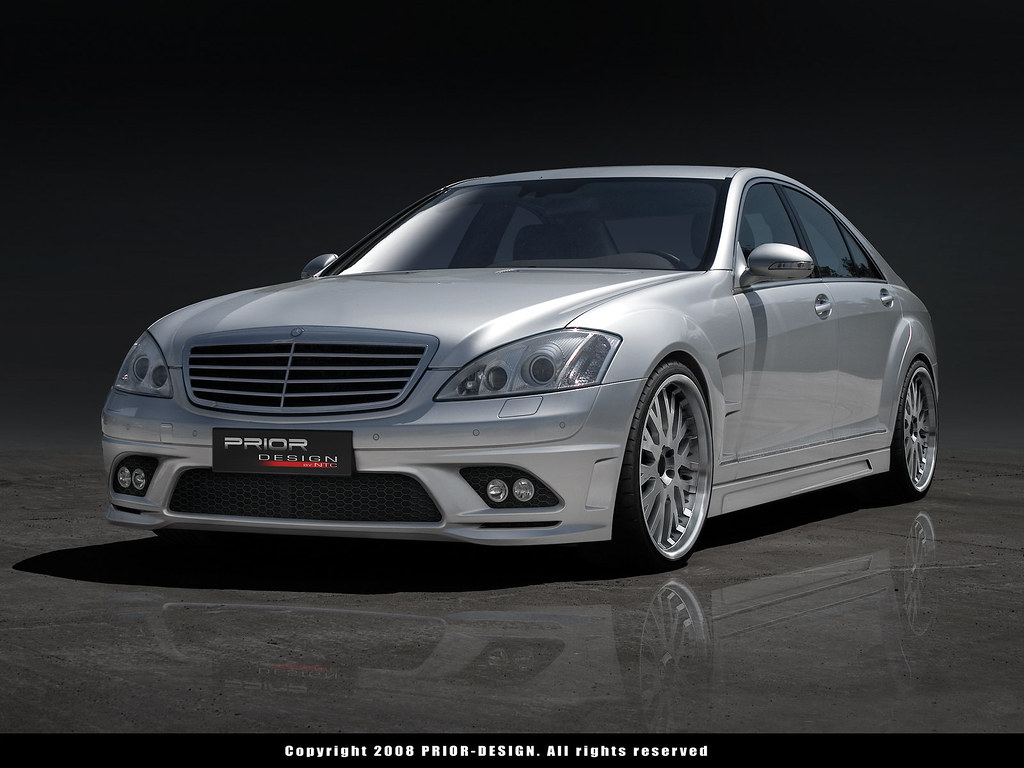
6. **Mercedes S-Class**: The Mercedes S-Class has long been revered as a benchmark for automotive luxury, combining sophisticated design with a wealth of advanced features that promise an unparalleled driving and passenger experience. For retirees who envision their golden years filled with comfort and status, an S-Class might appear to be the ultimate reward. However, the pursuit of such high-end luxury, particularly with older models, often introduces a significant hidden cost: notoriously expensive maintenance and repairs that can quickly become a concern for those managing a fixed income.
Financial data underlines this stark reality. According to Edmunds, S-Class owners can “expect to shell out $12,406 for maintenance and repairs” within just the first five years of ownership. This figure is a substantial sum, representing a considerable drain on retirement savings that could otherwise be allocated to essential living expenses, healthcare, or enriching leisure activities. Such a significant expenditure within a relatively short period can undermine the financial stability many retirees meticulously plan for.
Automotive expert Rob Dillan further elaborates on the specific areas of concern that contribute to these high costs. He points out that “Air suspension and electrical repairs can add up and make it a less dependable option for retirees.” These are not minor components; they are integral to the S-Class’s renowned smooth ride and advanced functionality. The prospect of unpredictable, high-cost repairs on these complex systems can introduce immense stress and financial unpredictability, directly contrasting with the peace of mind retirees typically seek.

7. **Audi A8**: The Audi A8 presents itself as a compelling choice in the full-sized luxury sedan segment, lauded for its sleek design and high-performing capabilities. Its sophisticated aesthetics and refined driving experience could easily captivate retirees looking for a blend of elegance and engineering prowess. Yet, beneath its polished exterior, the A8 harbors a critical flaw for budget-conscious seniors: it has a distinct tendency to “put a dent in your savings” through ongoing and often unexpected costs.
Rob Dillan, an authority in the automotive field, echoes these sentiments, stating that “High repair costs are another common complaint with the otherwise solid-performing Audi A8.” He particularly highlights a specific component as a recurring headache for owners, noting that “That air suspension, in particular, can be a nightmare and costly to retrofit.” This isn’t just a minor repair; it’s a significant mechanical issue that demands specialized expertise and expensive parts, translating directly into substantial out-of-pocket expenses.
Beyond mechanical systems, the advanced technology that defines the Audi A8 also contributes to its long-term cost. Dillan further explains that “Even the technology systems in those cars typically need to have repairs done after several years, further contributing to the expense.” CarEdge’s estimates reinforce these concerns, projecting that in the first 10 years of service, A8 owners will incur “$10,618 for maintenance and repairs, which is $828 more than the industry average.” Additionally, there’s a concerning “27.7% chance of a big repair needed in that time period,” making the A8 a financially unpredictable choice for retirees.
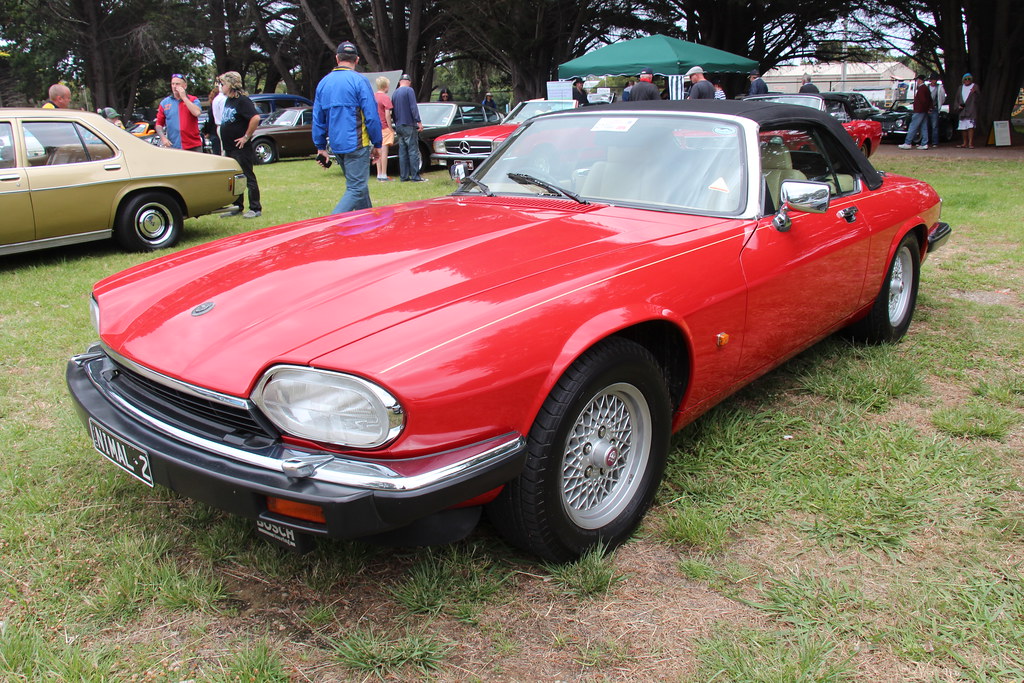
8. **Jaguar XJ**: The Jaguar XJ, with its undeniably beautiful and stylish presence, embodies a certain British elegance that is highly appealing to those who appreciate classic luxury. However, beneath its alluring facade, the XJ carries a significant caveat for any prospective owner, especially retirees: it “may not be very reliable, which is bad news for retirees and car owners.” This lack of dependability can quickly transform the dream of elegant motoring into a recurring nightmare of unexpected breakdowns and costly service appointments.
Automotive expert Rob Dillan specifically points out the Achilles’ heel of the Jaguar XJ: its notorious maintenance expenses. He warns that “Maintenance costs — especially for the engine and the electrical systems — can be expensive.” These are critical components of any vehicle, and their frequent need for repair or specialized attention means that routine ownership can quickly become a substantial financial drain. Furthermore, Dillan adds that “Older ones in particular may be in need of frequent repairs,” indicating that age exacerbates these underlying reliability issues.
Quantifying these concerns, CarEdge data reveals that “in the first decade of ownership, Jaguar models typically average $15,662 for maintenance and repair costs — that’s $3,678 more than the industry standard.” This substantial premium over average costs underscores the financial burden associated with the brand. Compounding this, there’s also a statistically significant “high chance — 44.9% — that something major can happen in the first 10 years.” Such a high probability of a major, expensive repair makes the Jaguar XJ a particularly risky proposition for retirees relying on fixed incomes and seeking financial peace of mind.

9. **Porsche Panamera**: The Porsche Panamera stands as a testament to world-class performance and luxury, offering a dynamic driving experience coupled with sophisticated comfort. For those who have always dreamed of owning a high-performance vehicle, the Panamera can be an irresistible temptation as a capstone to a lifetime of hard work. Yet, as with many vehicles at the pinnacle of automotive engineering, the thrill of driving a Panamera often comes hand-in-hand with equally formidable ownership costs, which can become a considerable “barrier” for retirees.
Rob Dillan, an automotive expert, highlights that “The repair and maintenance costs can easily reach the thousands, especially with your transmission and suspension.” These components are fundamental to the Panamera’s celebrated performance and handling, and their intricate design means that repairs are not only complex but also prohibitively expensive. This level of potential expenditure can quickly erode a carefully planned retirement budget.
The cost of caring for a Porsche is not a secret, and the brand itself provides transparency through its dealerships. According to Porsche West Palm Beach, owners can anticipate significant costs for various services. Routine service checks alone can range from “$300 to $800.” More extensive “Major service needs to be done every 40,000 to 60,000 miles” and can cost between “$1,200 to $2,500.” Even common replacements like “New brakes” are a substantial investment, ranging from “$1,500 to $3,000,” while “Transmission service” can set owners back “$800 to $1,500.” These figures clearly illustrate that the Panamera, despite its allure, demands a continuous and substantial financial commitment that retirees should carefully evaluate.
Your retirement years are a precious time, meant for enjoyment and security, not for worrying about exorbitant car bills. By carefully weighing the allure of luxury against the practical realities of ownership and conducting diligent research, you can make an informed choice that truly aligns with your financial well-being and allows you to enjoy your golden years without unnecessary burdens. Remember, the true luxury lies in peace of mind and financial freedom.

